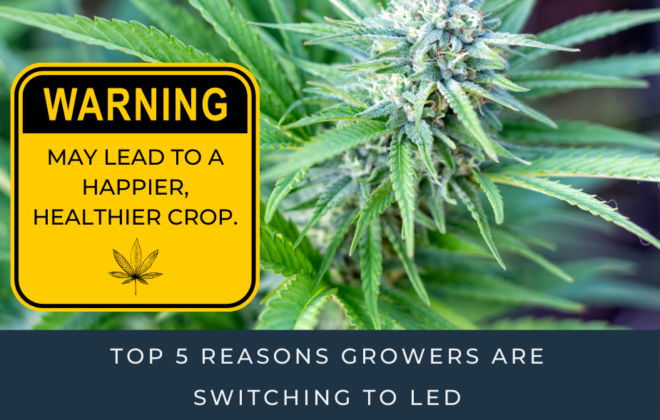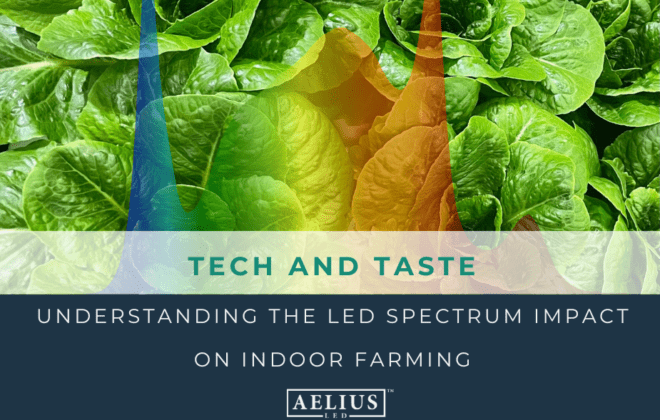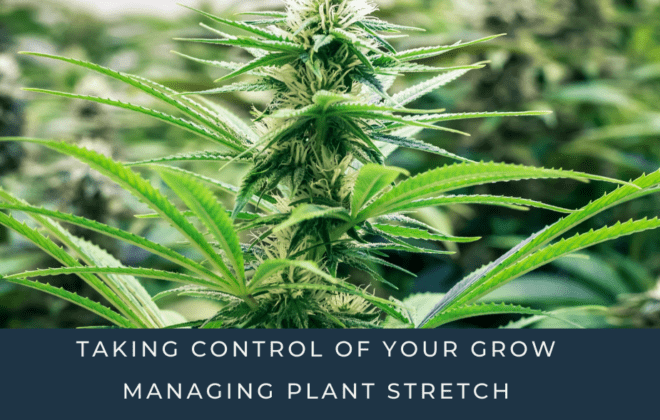The Secret to Healthy and Resilient Clones: It’s all in the Roots

Whether you are cloning your favourite cultivar, starting from an established clone or operating a nursery, starting new growth can be one of the most challenging and exciting aspects of growing. These babies have very specific needs, including nutrients, daily light intake and light intensity. As cultivators what we do at the very start can either make or break our crop. Seeds and seedlings are actively seeking the nutrients and light that they need for healthy growth. As growers, it is our role to develop an environment that will foster healthy development, focusing on the roots first.
Developing Strong Roots Today for Healthy Yields Tomorrow
Although it could be tempting to push leaf and stem growth upwards, young plants have not developed the strength (and the system ) to support it. . It is well known that plants gather all their energy through their root system, so it is critical that each seedling has a strong foundation. This will support the needs of the plants , and is particularly critical when they need that energy boost as they begin to produce flower. If the needs of the roots are neglected, the plant will not be able to support a healthy yield.
Take away: Be patient when nurturing your clones, as too much growth can be a bad thing. The key is to focus on their development from the bottom up, which means in the very beginning it’s all about developing strong roots.
Understanding the Role that Lights Play in Early Plant Development
Light provides the energy that the plant needs to form callus tissue, adventitious roots (roots that form from the non-root tissue), and to strengthen the existing roots. These babies need light to thrive, including ensuring that they receive an adequate amount of light each day (between 16 to 24 hours). However, if the light is too intense, fresh cuttings become shocked causing light burn which will ultimately lead to necrosis prior to rooting.
By controlling the light intensity, cultivators can help the rooted cutting focus its energy on expanding its root system instead of upward growth. This is why light intensity during the rooting stage should be low, and then slowly increased as the roots develop.
Science has determined different wavelengths of light play important roles in plant development. All plants have photoreceptors which detect these wavelengths as a result, they help trigger the type of development the plant will focus on.
Blue light, specifically, is necessary for healthy root development and also plays a key role in stimulating vegetative growth. The Aelius Clone lights, coming soon, were developed to respond to the specific needs of baby plants. The bars are a low wattage, 6500 Kelvins in colour and the ideal replacement for T8 and T5 fluorescent bulbs. “The plants in the baby stage need more blue light to promote root growth, so it was important for us to develop a gentle bar with the right spectrum, ” said Landon, president, Aelius LED. “Growers are seeing rooting in just 5 to 7 days.”
Take Away: Proper lighting can make or break your babies. Early development is not a time that you want to push your plants to grow fast, as their stem and roots will not be able to support rapid growth. The low wattage of Aelius LED Clone lights will provide these young plants the light intensity that they need for healthy growth without over stimulating the plant.
Aelius LED clone lights will be available for sale to the public by 2022, in the meantime, contact us at [email protected] for more details and specifications.




